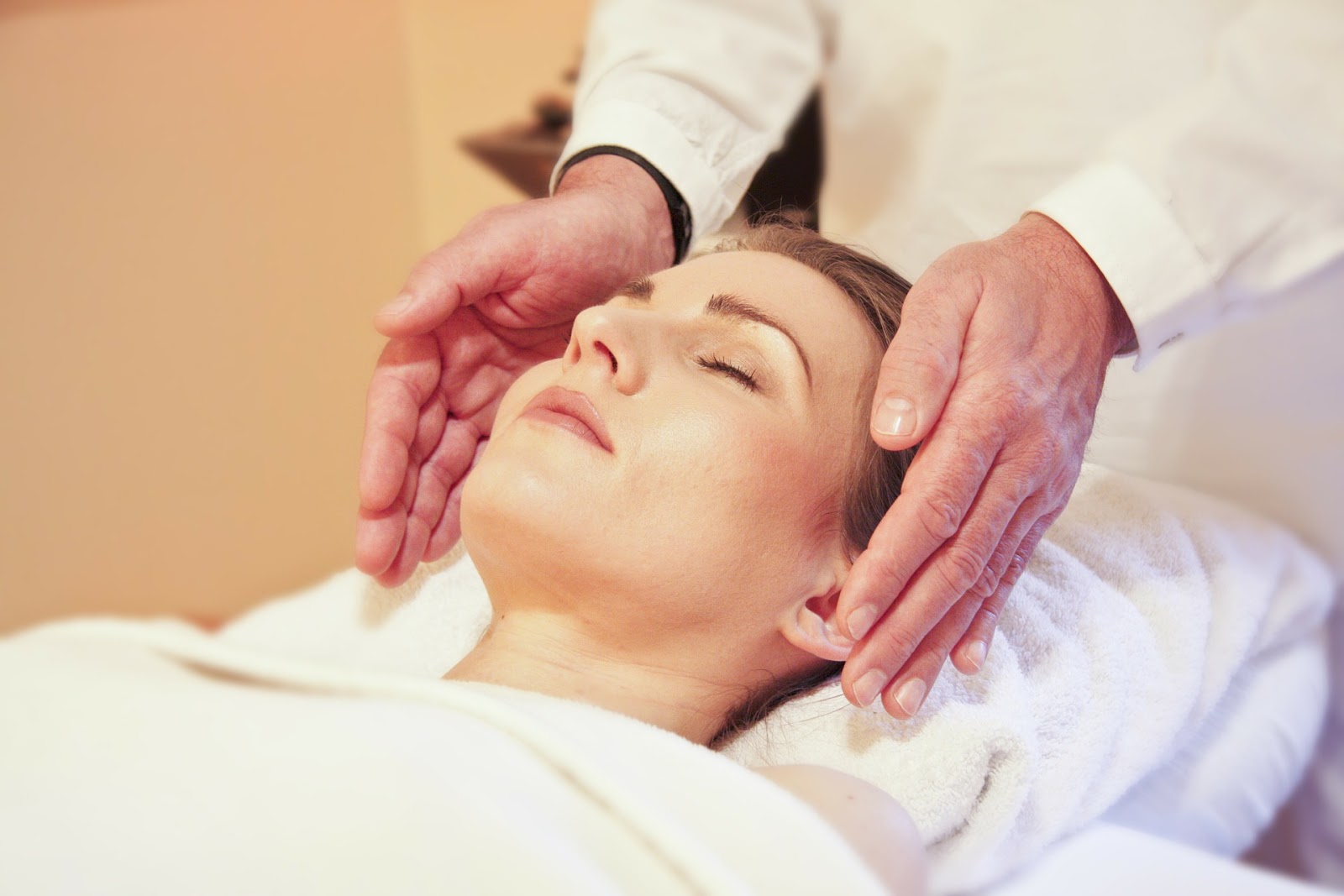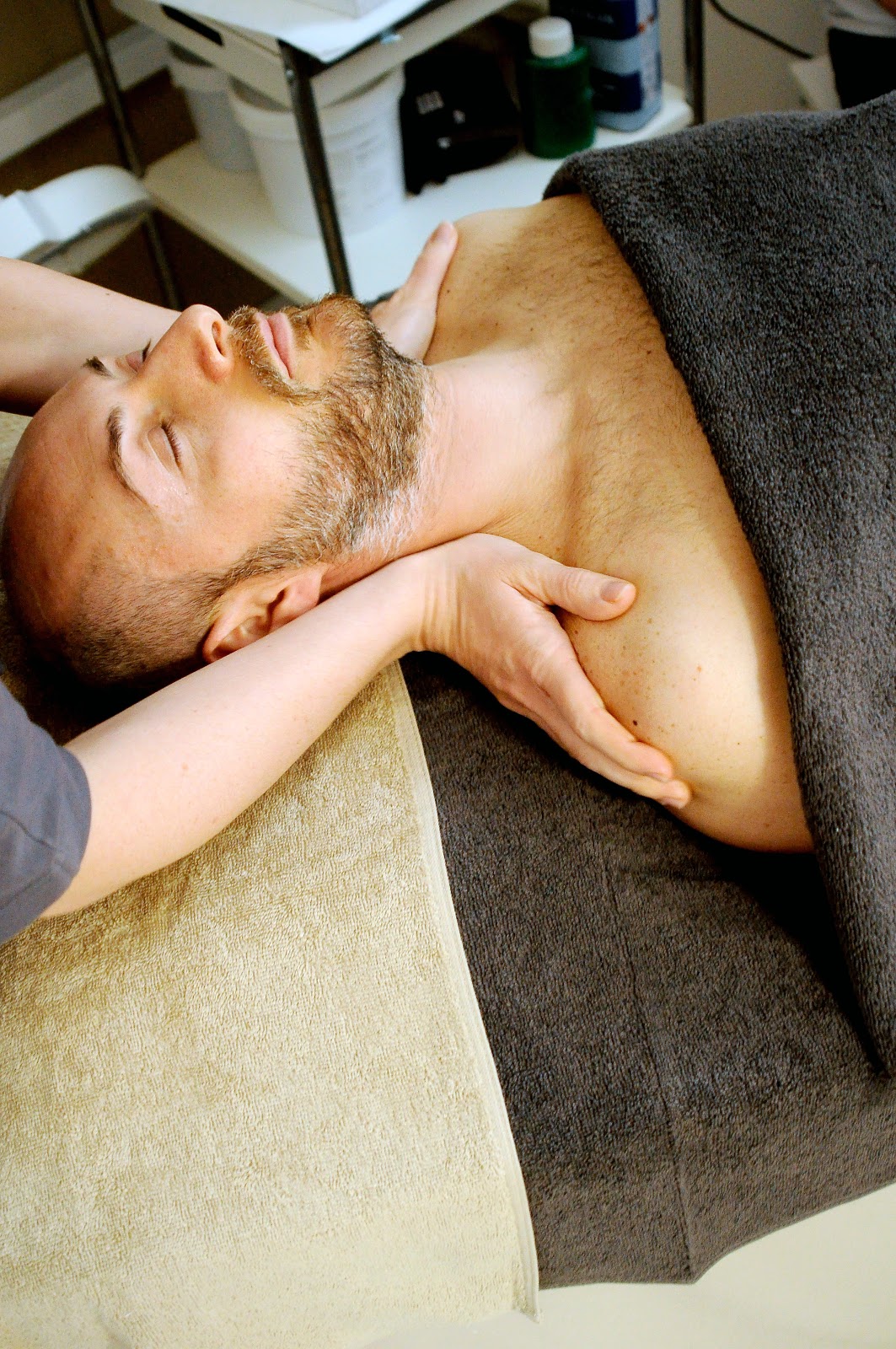Craniosacral Therapy, which is also referred to as Cranial Sacral Therapy (CST), is a form of alternative medicine that is used to help enhance bodily functions. It is usually performed by osteopaths, chiropractors and physical therapists who have been trained and certified to respond to the various needs of a particular patient as they turn to CST to relieve pain symptoms, both physical and emotional.
A Brief History of Craniosacral Therapy
Dating back to the 1970s, Craniosacral Therapy was developed by an osteopathic practitioner by the name of Dr. John E. Upledger. The entire premise of CST rests upon the notion of cranial mobility, which refers to the rhythmic movement of cranial bones.
While it was Dr. William Sutherland who first posited the likelihood of cranial movement as far back as the 1930s, Dr. Upledger built upon Sutherlands work to confirm it when he encountered these rhythmic motions during his own medical practice.
As the Irish Association of Craniosacral Therapists describe it, the craniosacral system constitutes the membranes and fluids around the brain and spinal cord that help with the functioning of the central nervous system (CNS). As the CNS consists of the brain and the spinal cord, the craniosacral system plays a critical role in helping to maintain and protect it.
And this is where craniosacral therapy comes in — to help improve the functioning of the central nervous system by resolving any associated stress or tension in the craniosacral system. This stress or tension may be a result of a setback caused by acute or chronic injury to the body.
What is Craniosacral Therapy?
A craniosacral therapy session, which may last anywhere between an hour or longer, involves the use of a hands-on procedure where the licensed practitioner applies a pressure exceeding no more than 5 grams. This is why CST is often referred to as a rather gentle procedure compared to other pain relieving methods such a chiropractic techniques.
The patient may lie down on their back or side, or asked to be seated, depending on the approach taken by the practitioner following a thorough patient history. Gentle and soft touches are applied to different parts of the body that help release any kind of tightness, stress, constriction or tension in the body. This helps regulate the flow of fluid to the rest of the body and ease up any wear and tear in the tissues. It kick-starts what is known as the self-healing process in craniosacral therapy.
While some people may start feeling the results immediately and require no more than a couple of sessions, others may decide to receive a prolonged craniosacral therapy treatment. It is imperative to consult with a health practitioner to verify what is best for each individual case.
According to Healthline, patients have reported with feelings of pulsation, relaxation, tingling, wanting to fall asleep, and hot or cold sensations.
With regards to its side effects, it is a comparatively harmless medical procedure owing to the light touches on the skull, back or spine areas to relieve stress and strain. Patients are advised to rest for a day or two following a session as they may feel tired or exhausted. This is because the body is recuperating and normalizing itself in response to the treatment. Ideally, one should stay hydrated and not overwork themselves after a CST session in order for the effects to be fully realised. This period of rest may be known as the adjustment period.
Some patients feel more connected to their body, and feel an uplift in their spiritual well being. They may be more mindful and awakened to their surroundings, and practitioners often advise to allow patients to welcome and get acquainted with such feelings of awareness.
However, in some cases, patients have been reported to feel nauseous and light-headed. Additionally, some patients may feel an emotional charge of feelings, all of which is normal keeping in mind that the body is getting used to the treatment and is undergoing internal changes. The internal changes may be manifested through emotional changes in the person. These effects usually don’t last longer than a day, and it is very important that patients allow themselves to recover before the next session.
How does Craniosacral Therapy Work?
Essentially, craniosacral therapy helps to regulate the CNS environment by allowing an improved flow of cerebrospinal fluid (CSF). Better flow of CSF helps the body to perform its functions, improves the healing process and nourishes the central nervous system.
As a noninvasive technique, a craniosacral massage aids in relieving bodily stress and tension through effectively releasing any compressions or restrictions in the fluid or tissues in the body. This is what supports the healthy functioning of the CNS.
The Biodynamic Craniosacral Therapy Association of North America says that craniosacral therapy actually helps maintain the health of the “whole being, especially the nervous system”. This is because the practitioner helps to manage the tissues and fluids in the craniosacral system that fundamentally link with the raised performance of the rest of the body.
The Craniosacral Therapy Association claims that CST can be used on babies and adults alike. It is a sensitive procedure that is suitable to the needs of humans across all age-groups. It further says that CST helps to “restore” the body energy and its ability to “heal” itself. In doing so, CST can have wonderful effects for the physical and emotional well-being of a person.
Craniosacral Therapy may be helpful for conditions such as neck and back pain, autism, trauma or PTSD, chronic fatigue, ADD/ADHD, migraines and headaches among many others. In fact, evidence has shown that it has worked favourably to relieve chronic neck pain by reducing its intensity and has helped in reducing pain among patients of fibromyalgia.
It is, however, advised that CST should not be performed on patients who have suffered from serious head trauma, spinal injury or bleeding.
The favourable and positive effects of Craniosacral Therapy are enormous according to a wide range of studies and medically backed evidence. While some may claim that there is inconclusive evidence, patients around the world are undergoing sessions and reporting back about CST’s ability to awaken their inner strength and feelings of well being.
Not only does it do away with emotional stress, anxiety, depression and physical pain in the body, it brings to surface emotions and feelings that may have be caged up. The release of such emotions is what provides patients with uplifted feelings and a sense of connectedness with themselves.
Maybe Craniosacral Therapy is the ultimate solution for you. Contact a health professional and book an appointment to witness its numerous benefits and take the first step towards improving your well-being.



